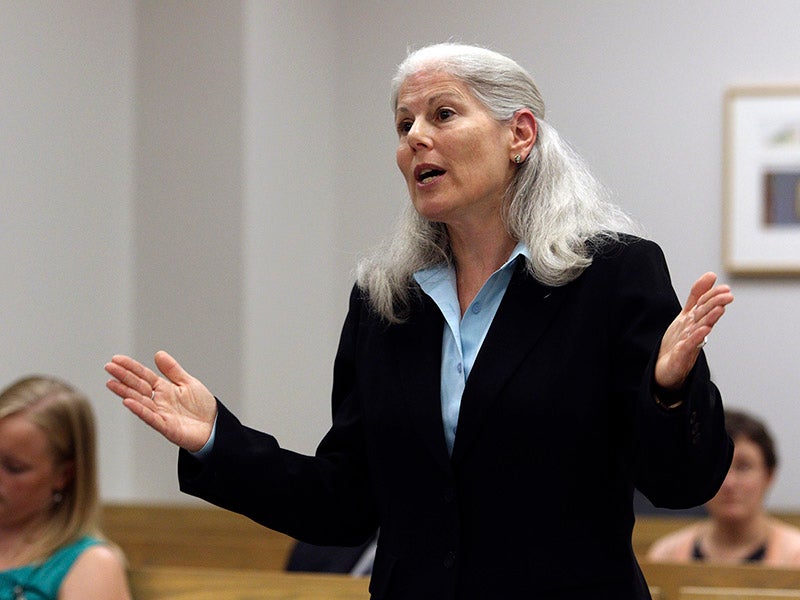Federal Judge Sees ‘Shadow Regulatory Process’ Under Trump’s ‘Two-for-One’ Executive Order
Earthjustice lawyers join fight against Trump’s Executive Order that obstructs and delays the enforcement of public protection statutes.

This page was published 8 years ago. Find the latest on Earthjustice’s work.
Lawyers representing environmental interests, workers, and public interest groups presented arguments in federal district court last week, challenging President Trump’s two-for-one executive order for its irrational overreach that will harm countless Americans.
Judge Randolph D. Moss of U.S. District Court for the District of Columbia heard arguments on Aug. 10, remarking during the hearing that the order appeared to create a “shadow regulatory process” that circumvents the public’s ability to review and comment on rulemaking across federal agencies.
President Trump issued the executive order on Jan. 30, requiring federal agencies to identify two regulations to be repealed for every new regulation created. The order also mandates that in 2017 the total cost to industry of all new regulations must be completely offset by the repeal of existing regulations.
The order has created gridlock in Congress as agencies attempt to navigate this absurd demand to identify regulations to be eliminated across the federal government. As a result, vital protections for the American public are being delayed or put on the chopping block.
“The whole reason for agencies to create these rules is to achieve the benefits sought under the statutes, not to punish some industry,” said Patti Goldman, an Earthjustice managing attorney on the team challenging the executive order.
The regulations targeted by the executive order affect everything from clean air and clean water rules to regulations protecting workplace safety, school buses, transportation of hazardous chemicals, energy efficiency standards, public health, and civil rights.
“Even if we win, we lose. We’ll take one step forward, but two steps back.”
The executive order ignores the benefits of regulations to the U.S. economy, focusing only on their costs to industry. A 2016 draft report to Congress by the White House Office of Management and Budget found that the benefits of regulation far outweigh their costs—estimates of costs between $74 billion and $110 billion (in 2014 dollars) compared to benefits of between $269 billion to $872 billion.
Clean air regulations, for example, benefit people who live near power plants by reducing costs for asthma-related medical care and lost workdays. Workplace safety rules save lives and reduce accidents by limiting exposure to toxins or requiring mines and factories be operated to reduce risks. Regulations requiring vehicle safety features such as seatbelts and airbags have saved countless lives, medical costs, and lost income.
Goldman said the executive order creates an impossible situation for agencies attempting to fulfill their duty in the rulemaking process. It also puts advocacy groups in a bind. “What do we push for?” says Goldman. “Even if we win, we lose. We’ll take one step forward, but two steps back.”
Lawyers representing the government have challenged the groups’ standing to challenge the order at all.
Earthjustice represents the National Resources Defense Council, Communications Workers of America, and Public Citizen.
A decision in the case could come in a matter of weeks.
Established in 1987, Earthjustice's Northwest Regional Office has been at the forefront of many of the most significant legal decisions safeguarding the Pacific Northwest’s imperiled species, ancient forests, and waterways.